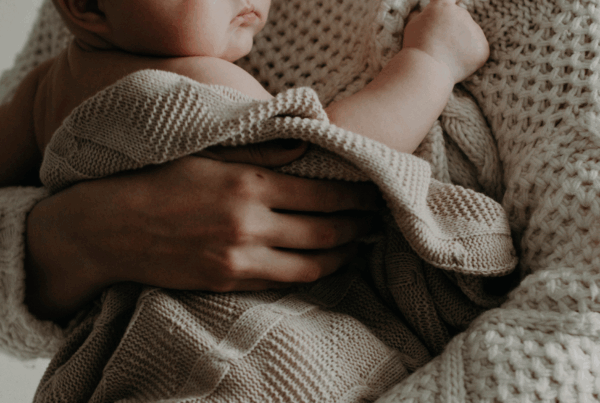By Mick Connors, M.D., Founder and CEO
Summer is here, bringing with it long, sun-shiny days and a variety of opportunities to get outdoors and get moving. Whether your family plans involve trips to the pool, bike rides around the neighborhood, playground playdates with friends, or all of the above, take these simple steps to help keep your kids safe and happy.
Protect against the sun. Skin cancer is the most common type of cancer in the U.S. and exposure to the sun is the leading cause of skin cancer. Overexposure to sunlight before age 18 can be especially damaging to the skin. Keep your kids safe by:
- Applying sunscreen early and often.For kids 6 months and older, sunscreen with an SPF of 15 or greater reduces the intensity of the UVRs that cause sunburns. Apply sunscreen generously and 15-30 minutes before sun exposure, so it can absorb into the skin and decrease the likelihood that it will be washed off. Reapply every two hours and after your kids swim, sweat, or dry off with a towel.
- Cover up.Clothing can be an excellent barrier of UV rays. In addition to considering light-weight, sun-protective styles that cover the neck, elbows and knees, grab a hat with a brim on it.
- Avoid outdoor play during peak times.UV rays are strongest during the summer months when the sun is directly overhead, normally between 10 a.m. and 3 p.m. When possible, limit your kids’ exposure during these times, maybe taking a long lunch or shifting to indoor play for a few hours.
- Keep infants out of the sun.Babies younger than 6 months out should be kept out of direct sunlight, dressed in cool, comfortable clothing, and wearing hats with brims. Sunscreen may be used on infants younger than 6 months on small areas of skin, if adequate clothing and shade are not available, per The American Academy of Pediatrics (AAP).
When to connect with your pediatrician if your child is overexposed to the sun:
- When the sunburn is causing severe pain and/or blisters are forming
- When your child has symptoms of heat stress such as fever (over 101 degrees), chills, nausea, vomiting, or feeling faint
Keep everyone properly hydrated. Kids are at greater risk of dehydration and heat illnesses than adults, because they generate more heat, but sweat less. Knowing how much water is enough is an important part of keeping them safe while at play.
- According to the AAP, the right amount of water varies based on a child’s weight. A child around 90 pounds should drink 5 oz. of water or 10 gulps every 20 minutes. Teens around 130 pounds should drink 9 oz. or 20 gulps every 20 minutes.
When to connect with your pediatrician if you think your child may be dangerously dehydrated:
- When your child is suffering from severe weakness or dizziness
- When your child is crying without tears
- When your child hasn’t urinated for four or more hours
Grab the right gear. Just like wearing a seatbelt is critical to any car ride, having the right protective gear is critical to certain summer activities.
- In the water: If you’re heading to the lake or river, a life preserver for each person is a must, even for strong swimmers. Heading to the community pool? Unless your child has successfully passed a swim test, a life preserver is necessary here, too (along with close, constant adult supervision).
- On the road: From roller blades and scooters to bicycles and skate boards, your child should always wear a properly fitting, buckled helmet. Yes, they will complain about it, but consider this (and then stand firm): 85% of bicycle-related head injuries could have been prevented by wearing a bicycle helmet (The Center for Head Injury Statistics).
Last, but not least… Make sure everyone caring for your child is on the same page when it comes to keeping them safe this summer. Include babysitters, camp counselors, grandparents, and older siblings in conversations about your rules and preferences concerning everything from sun safety to water safety and beyond.



